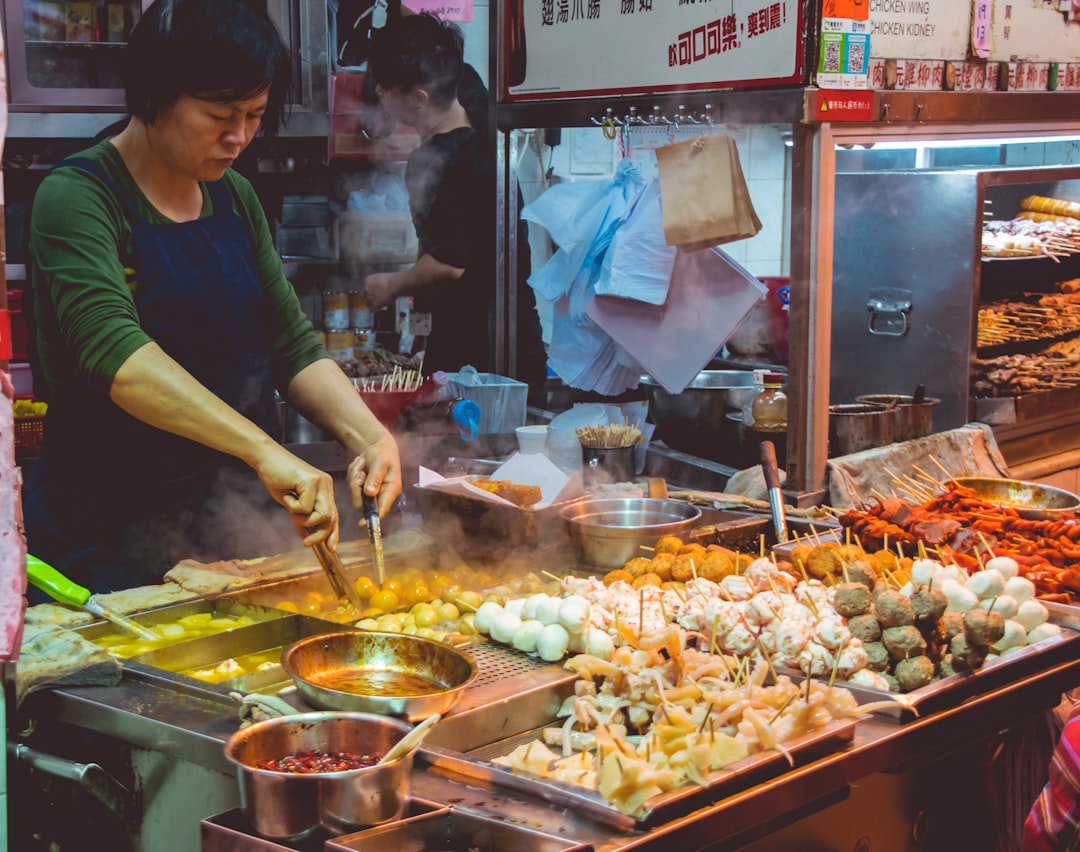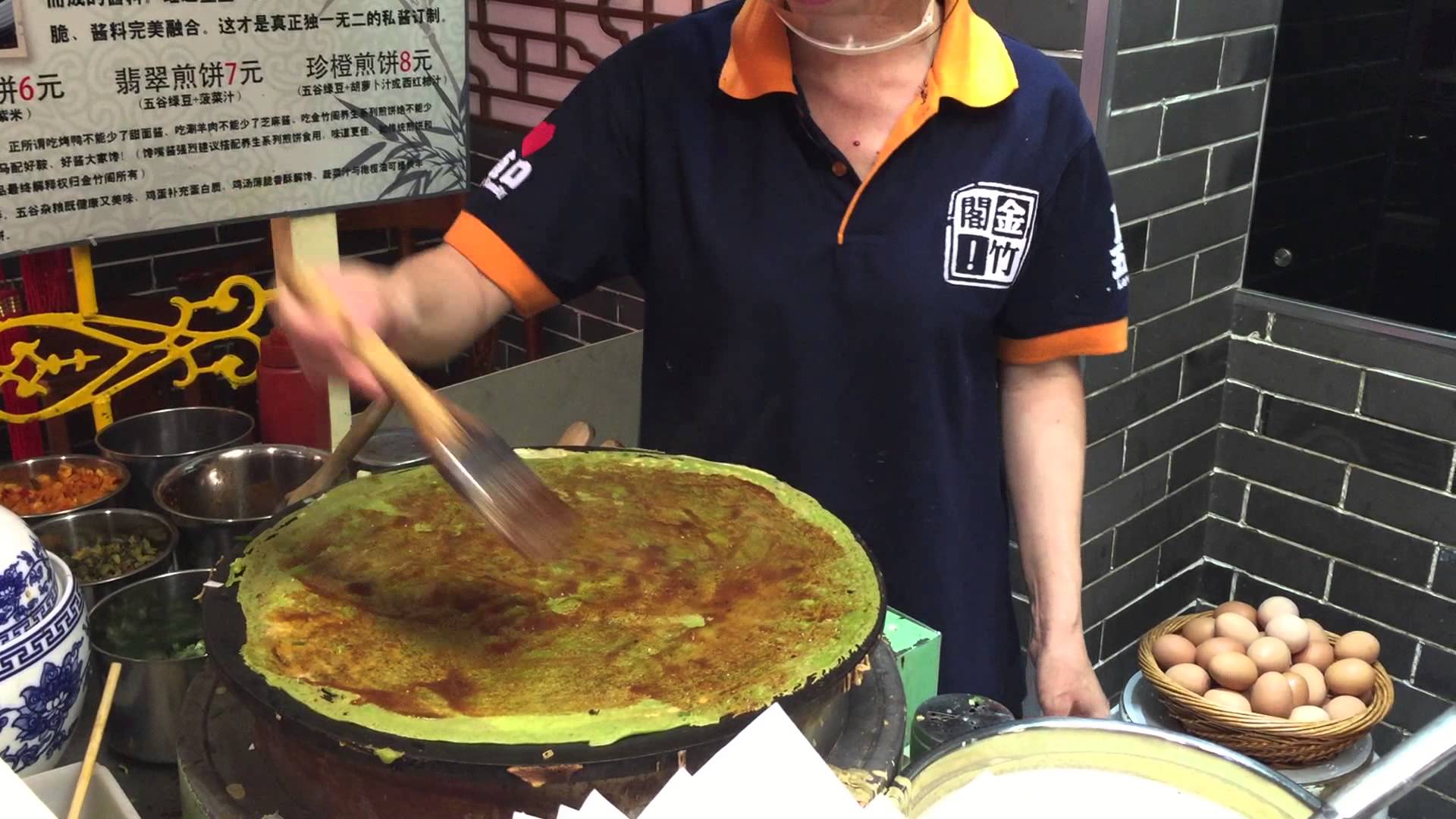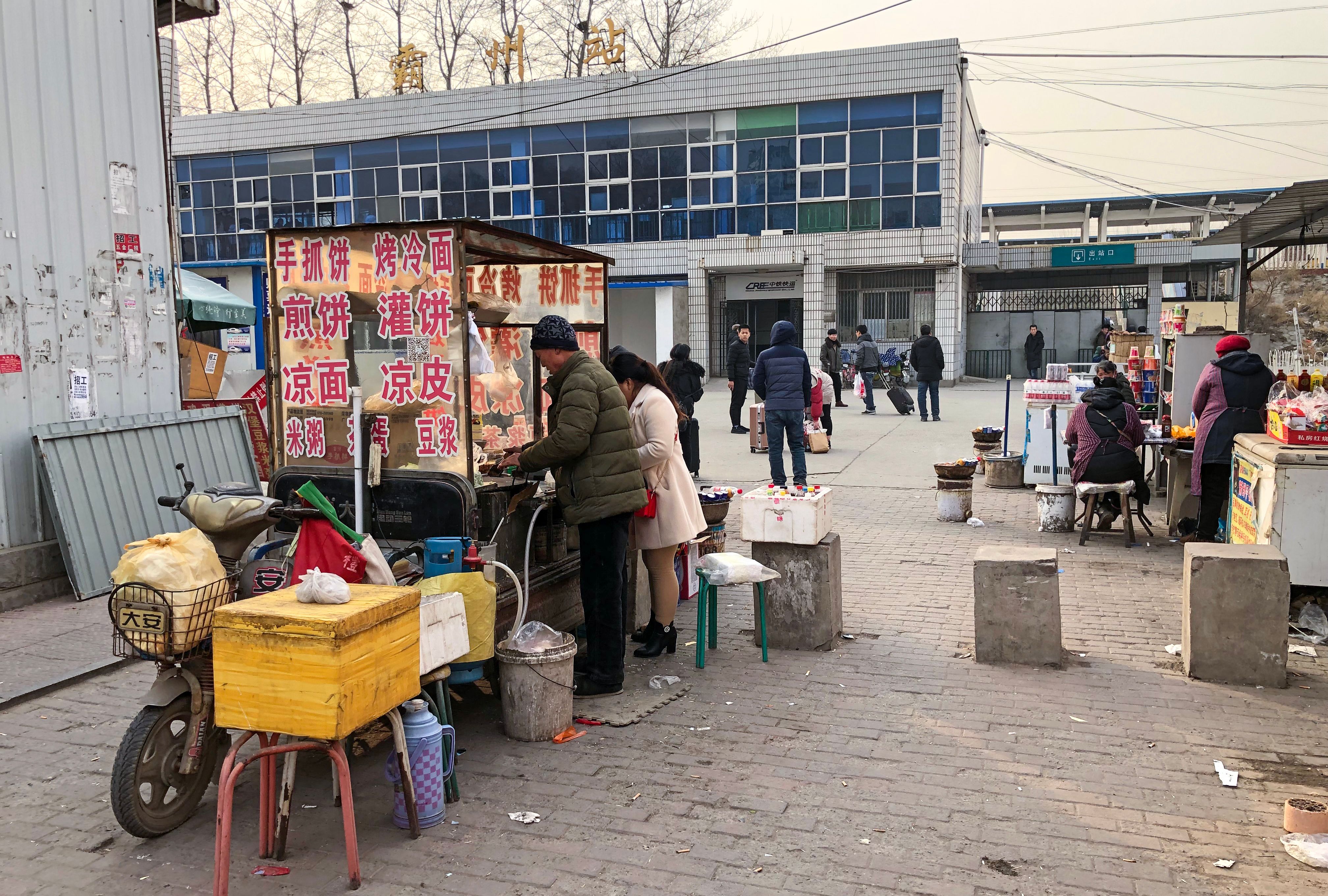Misconceptions About Authenticity

Many Americans mistakenly think Chinese street food is just a cheap, fast alternative to restaurant meals. In reality, authentic Chinese street food reflects deep-rooted culinary traditions that vary widely from region to region across China. For example, in Sichuan, you’ll find fiery skewers called “Chuan Chuan” that are bathed in spicy sauces, while in Shanghai, vendors expertly pan-fry “Sheng Jian Bao,” juicy dumplings filled with pork and soup. These dishes are a far cry from the generic sweet-and-sour chicken or lo mein often found at American Chinese takeout spots. According to the Chinese Ministry of Culture and Tourism, there are more than 300 distinct street food items recognized throughout China, each with historical and regional significance. The real Chinese street food experience is all about local ingredients and time-honored recipes passed down through generations. Americans often overlook this diversity, missing out on the rich tapestry of flavors and skills that make up Chinese street food culture. Understanding this variety helps to challenge the stereotype that Chinese street cuisine is simple or unrefined. Appreciating these differences opens the door to a much deeper, more meaningful culinary adventure.
Health and Safety Concerns

A major misconception among Americans is that Chinese street food is risky or unhygienic. Contrary to that belief, most street vendors in China are subject to government inspections and follow strict cleanliness guidelines, especially in larger cities. The China Food and Drug Administration reported in 2023 that 85% of street food vendors passed their health inspections, which demonstrates a strong commitment to food safety. Locals in China often prefer eating street food because it’s fresh and prepared right in front of them, sometimes even fresher than in formal restaurants where food might sit for hours. Many vendors pride themselves on spotless cooking stations and careful ingredient handling. While occasional lapses exist—just as they do everywhere—the overall standard is much higher than some Americans expect. Millions of Chinese people rely on street food daily, which speaks to its safety and popularity. The myth that street food is always dangerous simply doesn’t hold up under scrutiny. Trusting local choices and observing busy stalls can help visitors find both delicious and safe options.
The Role of Street Food in Chinese Culture

Chinese street food is not just about grabbing a bite on the go; it plays a huge role in the country’s social fabric. Street food stalls and night markets are gathering places where families, friends, and even strangers bond over plates of shared snacks. In cities like Beijing and Chengdu, these markets are lively hubs buzzing with conversation, laughter, and the sizzle of woks. Americans often miss the communal aspect, viewing street food as something quick and solitary instead of a social event. According to the National Bureau of Statistics of China, street food makes up over 20% of the nation’s food service industry, showing its economic and cultural importance. These night markets are more than just places to eat—they’re stages for daily life, romance, and community stories. The energy and excitement at these markets can be as memorable as the food itself. Sharing a table or a skewer with a stranger is common and often leads to new friendships. This deep communal spirit is a cornerstone of Chinese street food culture.
Variety Beyond Dumplings and Noodles

While dumplings and noodles have become the “face” of Chinese street food in America, the actual selection is much broader and more exciting. For breakfast, many people grab “Jianbing,” a thin, crispy crepe filled with eggs, scallions, and crunchy bits. Another favorite is “Rou Jia Mo,” which is like a Chinese burger with tender, braised meat stuffed in a soft, freshly baked flatbread. During festivals, “Zongzi,” sticky rice wrapped in bamboo leaves, becomes a beloved street snack. These are just a few highlights among the more than 1,000 street food items available across China, as reported in a 2023 culinary survey. Americans often miss out on these lesser-known delights, sticking to familiar items and missing the opportunity to taste the true spectrum of flavors Chinese street food has to offer. Each region has its own specialties, driven by local tastes and seasonal ingredients. Exploring beyond the basics opens up a world of delicious surprises.
The Influence of Globalization

The globalization of food culture has had a noticeable impact on Chinese street food, especially in urban centers like Shanghai and Beijing. Vendors now experiment with international flavors, creating dishes such as Korean BBQ tacos and sushi burritos alongside traditional fare. This fusion reflects the adaptability of Chinese street food and its ability to stay relevant in a fast-changing world. However, many Americans confuse these modern creations with authentic Chinese dishes, leading to further misunderstanding. While these innovative foods are delicious and fun, they don’t represent the traditional flavors or cooking methods that define classic Chinese street cuisine. It’s important for visitors to recognize and respect the roots of these dishes, even as they enjoy new twists. Globalization has also helped some traditional foods gain worldwide fame, but it sometimes blurs the line between authentic and adapted. Knowing the difference allows for a greater appreciation of both old and new. The mix of global and local flavors shows how China’s street food scene is always evolving.
Street Food as a Culinary Art Form

In China, street food is far from being just “fast food”—it’s a respected art form. Many street vendors are culinary masters who have spent years, sometimes decades, perfecting their craft. The meticulous preparation of “Dandan Mian,” for example, requires a delicate balance of spicy, salty, and nutty flavors unique to Sichuan. According to the Chinese Culinary Association’s 2023 study, over 70% of street food vendors have received formal culinary training. Their skills are on display every day as they deftly chop, fry, steam, and season ingredients with precision. This expertise is often underestimated by Americans, who may see street food as something simple or lacking finesse. Watching a vendor pull hand-stretched noodles or fold dumplings at lightning speed is like watching a live cooking show. The artistry and dedication behind each dish shine through in every bite. Chinese street food is as much about the performance as it is about the meal.
The Economic Impact of Street Food

Street food is a powerful economic engine in China, supporting millions of families and communities. The 2023 China Urban Employment Report revealed that street food vendors make up around 10 million jobs across the country. This industry not only provides affordable meals for local residents but also draws in tourists who want to taste authentic flavors. In cities like Xi’an and Chengdu, bustling food districts have become major tourist attractions, boosting local economies and creating new opportunities for small businesses. The ripple effects of this industry extend to farmers, suppliers, and transport workers who all benefit from the success of street food vendors. Americans often fail to realize just how important street food is to China’s economic landscape. The money spent at a small vendor’s cart supports not only the vendor but a whole chain of people behind the scenes. Street food’s contribution to urban vibrancy and employment is a testament to its enduring significance.
Seasonal and Regional Specialties

Another aspect Americans often overlook is how Chinese street food changes with the seasons and local harvests. In the hot summer, vendors serve cool treats like chilled noodles or skewers of fresh fruit. When the weather turns cold, steaming hot pot, roasted chestnuts, and spicy grilled meats become street staples. Certain festivals bring their own unique foods; during the Lantern Festival, “Tangyuan,” sweet rice balls in syrup, are everywhere. These seasonal changes keep the street food scene lively and ever-changing, offering new tastes throughout the year. Vendors often rely on local produce, which means menus shift depending on what’s fresh and available. This dynamic approach to food is different from the static menus found in many American eateries. Americans might not realize that eating street food in China is also a way to celebrate the changing seasons and local culture. These specialties make each visit to a street market a new adventure.
The Rise of Street Food Markets

In recent years, the street food market concept has exploded in popularity across China, especially in large cities. These markets gather dozens of vendors in one place, offering a curated selection of both classic and innovative dishes. The 2023 Urban Food Market Report recorded a 30% jump in the number of street food markets in major cities, signaling a boom in this vibrant sector. These markets are not only great for customers—who can try a wide range of snacks in one visit—but also provide crucial support for small business owners. The lively atmosphere, with music, lights, and crowds, makes these markets a favorite destination for locals and tourists alike. Americans visiting China may be surprised by how organized and exciting these markets are compared to the more informal food trucks or stands found in the U.S. The sense of community among vendors and customers is strong, creating a unique social experience. Street food markets are redefining urban spaces and turning them into culinary hotspots.
The Future of Chinese Street Food

Looking ahead, Chinese street food is poised to keep evolving, driven by technology, tourism, and changing tastes. Many vendors now use digital payment apps and social media to attract customers, making it easier than ever for locals and tourists to find great food. The 2023 tourism report showed that 65% of international visitors to China wanted to try authentic street food, underlining its growing global appeal. As more foreigners seek out these experiences, vendors are adapting by offering English menus and new flavors while still honoring tradition. This balance between innovation and authenticity keeps street food both relevant and deeply rooted. The rise of food delivery apps and pop-up markets is also changing how street food is enjoyed, bringing it directly to homes and offices. Americans who visit China or follow food trends online will continue to discover new and exciting developments in the street food scene. The future promises even more variety, creativity, and cultural exchange through the humble street food stall.





